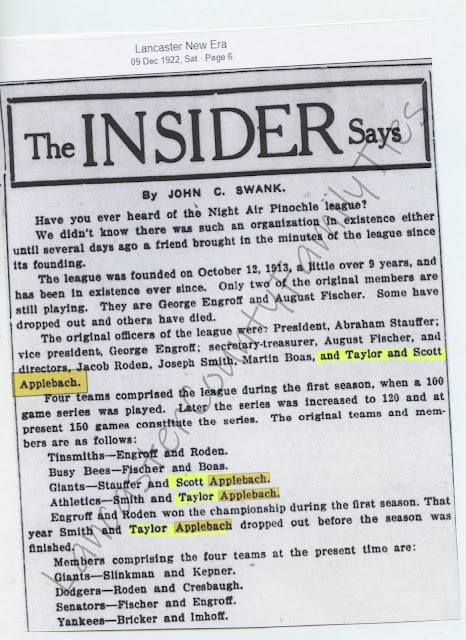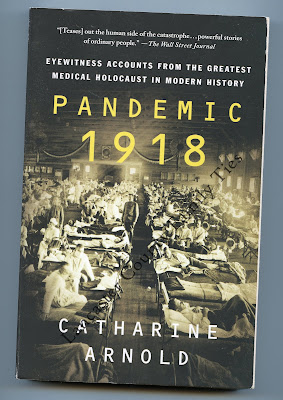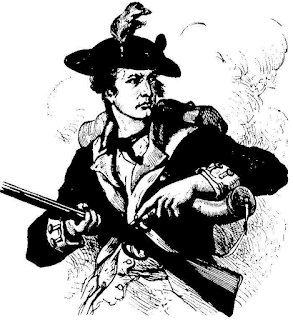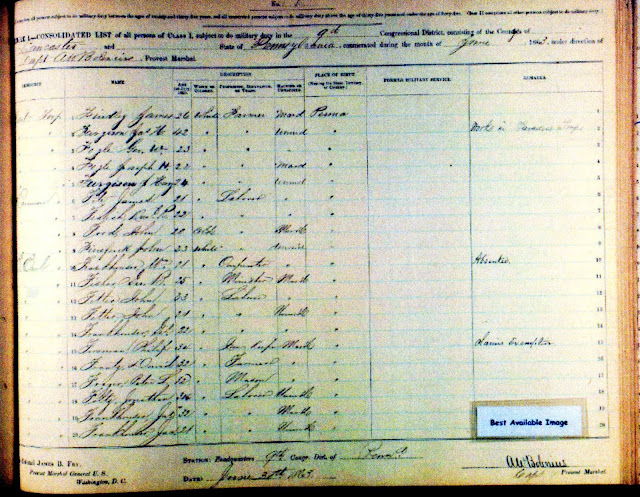Grandma and Pappy GARNER spoke openly about how hard the Great Depression was and their own survival skills to make it through. I grew up on their stories and memories.
Many of those same skills I learned and practice routinely. I choose to live frugally and in the current economic situation here in the US, I am sure glad this has been a way of life for many years.
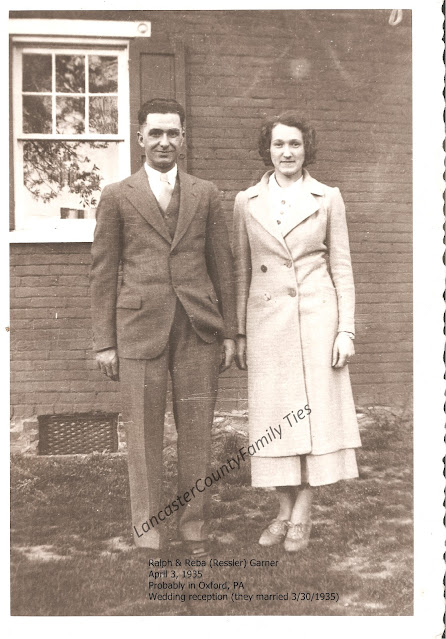 |
| Source: my personal collection |
I was reminded of this recently while watching a grandma talk to her adult gr-daughter about ways to make money go further. These tips included food, household tips, gardening, and even car repairs.
Some background:
Nationally here in the US, the Great Depression was from 1929 to 1941. Unemployment, depending on place and year, ranged from 8% to 24%. Inflation rose, banks failed, children were put in orphanages because parents could no longer feed then, and people migrated around the country looking for work.
At the same time, the Dust Bowl was going on in Texas, Oklahoma, Nebraska, Kansas, Colorado, Wyoming, and the Dakotas. These two factors caused many problems for families, communities, the economy and the US as a whole. No matter who you are, you benefit or suffer by what goes on in agriculture.
 |
| Source: Shutterstock |
Here are some facts and stories about the Great Depression in Pennsylvania.
 |
| Source: Bing clip art |
And due to the issues here in the US, the entire world economy was affected in various ways.
Their own Great Depression Tales:
Food was a huge issue for Grandma and Pappy GARNER. Both were farm kids. And both were from large extended families that helped each other, especially during hard times.
Clothing and shoes for growing children were a well-known issue for both of them. And making every penny count was just how they lived. Waste of anything was not allowed.
Reba RESSLER (grandma)completed tenth grade and went to work as a live-in maid for a Jewish doctor in Lancaster County. She was 16. At about this same time, she was introduced to Ralph GARNER, and they started courting.
This occurred at the very beginning of the Great Depression in 1929 or 1930 - grandma could not remember exactly - she just knew she was 16. She remembered that they would meet once a week and go to the movies or out to eat - not both. Grandma remembered being paid $1.50 a week in addition to room and board. She worked there for five years.
A side note here is that grandma learned some interesting Yiddish words during this time, that until her death on occasion, peppered her regular "Pennsylvania Dutch". It added spice to conversations that otherwise occurred in English, German, and PA Dutch - depending on where we were and who was involved in the discussion.
Pappy had been working for a local farmer as a laborer at the same time. He moved around to different family members to live. Money was tight, and if he wanted to marry and have a family he needed a better job - something not easy to come by in that economic situation.
 |
| Source: Bing clip art |
At some point in these years, Pappy was able to get a job driving a milk truck for Moore's Dairy. It was steady work and paid well for the time. At one point, brothers Ralph, Clyde and Lester GARNER all worked driving milk trucks for the same dairy.
So, Ralph and Reba decided to marry. I really do not know how long they were engaged. I got the impression that possibly Reba's father (Frank RESSLER) was not too thrilled with her decision to marry. However, I am not sure of that. I do know that they waited until Reba was 21 and would not need a parent's signature on the marriage license. Ralph Garner and Reba Ressler married on 30 March 1935 in Carlisle, PA.
There was no money for fancy wedding or special clothes. Pappy wore his Sunday suit, and Grandma bought (or made) a dress that she would wear for church and special occasions. The money they had for the wedding was spent on railroad tickets to get to and from Carlisle.
According to the Lancaster Directory for 1935, Ralph and Reba GARNER were living on Lemon Street in what in now downtown area of Lancaster. They rented. Neither of them liked living in "the city". I have not been able to find documentation yet, but believe they lived at this address until purchasing the house on Chestnut Street in West Lancaster in 1937.
According to Pappy, the original mortgage was for $4,000 and by the time it was paid off, the total was $6000 because of the interest. Pappy continued to work for the dairy, and Grandma took in laundry and ironing. She also kept a large vegetable garden. The garden supplied their food and allowed Grandma to make some much needed money by selling the extra produce. They also kept chickens - which supplied needed meat and eggs.
Mom (Pauline) was born in July 1937. Pappy, Grandma, and Pauline are listed as a household in the 1940 census.
Potatoes and more potatoes -
 |
| Source: Bing clip art |
Grandma cooked meals from scratch. During the Depression years, my impression from both interviews and overheard conversations that potatoes were a huge part of diet. Left-over mashed potatoes could be made into fried potato cakes for another meal. Soup and stew could be stretched by adding water and more potatoes.
Grandma grew potatoes in the family garden, but I believe it was not enough to feed the amount of people who could turn up for meals. Even in my lifetime, there was a continual flow of various family members who could and did show up for any meal. Mom remembered Amish men bringing in large burlap bags of potatoes that were taken to the cellar.
My memories are having mashed potatoes for supper. Then potato cakes with breakfast, and boiled potatoes with lunch. I have no memories of baked potatoes at grandmas, although we ate many of them when mom cooked at home.
During the depression years, it sounds like most meals were meatless or that only Pappy got meat. A chicken might be killed and fried for Sunday lunch.
Grandma kept a container in the fridge and all vegie and meat leftovers went into that. Whatever was in the container was the start of the next soup or stew. Nothing was wasted.
Just as a note here: My sister and I joked as children that peeling and cutting up potatoes would never be a threat of punishment to us as we did so much of it while at grandma's.
Clothing:
Some clothing was homemade while others were purchased. Mom (Pauline) told me she hated playing in a way that might show her underwear. This was because Grandma made slips and panties from old sugar and flour sacks - the writing still showed and how embarrassing to be known as that poor.
Mom's dresses and aprons could be hand-me-downs from older and bigger cousins. Or they might be cut down clothing that Grandma got ahold of used. Some of the nicer and new items were purchased by Uncle John and Aunt Emma REESE, who could not have children but had disposable income to use that way.
 |
| Source: my personal collection |
Shoes were an expense that could not be avoided. Shoes were worn hard and passed around until there was nothing left. Mom said she usually got new shoes but that she had to wear them until they pinched her feet before she got another pair.
Rationing:
Mom still had a ration card from her childhood until the day she died. Ration cards could cover items like sugar, milk, meat, coffee, eggs and cheese.
Since both sets of parents (meaning the Frank RESSLER and Ben GARNER families) were still on the farm, Grandma said that Pappy saved the gas coupons to use so they could go out to either of the farms to visit and get items like meat and more produce on the weekend. What did people do who did not have gardens or family to turn to for help?
 |
| Source: my personal collection |
Grandma (Reba GARNER) even mentioned the hobos who would show up at the backdoor and ask to do some work around the house in exchange for a meal. She said she never let them into the house, and Pappy had a list of things that could be done.
Mom remembered men sitting on the back steps eating hot soup or stew out of a tin can. If it was baking day, these men may also have gotten a slice of bread and a piece of pie.
According to both Pappy and Grandma, they never did figure out how their house was marked so hobos knew they could get a meal there.
 |
| Source: Bing Clip Art |
What they did have was family -
No one has perfect families or is perfect themselves. But in hard times having a good relationship with family members and close friends can make the hard time pass easier.
Grandma and Pappy spoke of these hard years with many smiles and good memories. Mom remembered family get-togethers and all kinds of toys and games that involved what was on hand and a good imagination.
Whether it was actual work or help in another way Grandma said no one could get through times like these without others to help with the load.
Personally, I think these lessons are very much a help for the current time. Being grateful, not wasting anything, spending carefully, and helping each other can go a long way to getting through any hard time.
As for the house:
 |
| Winter 1955-56. The oldest photo I have of the front of the house at 1747 Temple Ave., Lancaster, PA - Source: my personal collection |
The deed was recorded in Nov. 1949 - so they worked hard and paid off the house in 12 years. The previous owners were named Frank and Violet MOWRER. On the deed, the house is listed as being on West Chesnut St - Lot 96, Manor Township, West Lancaster.
I haven't done the necessary research to find out exactly when the address changed. However according to the city directories, I have been able to find, the address of the house changed from West Chestnut St in West Lancaster to 1747 Temple Ave., Lancaster sometime between 1952 and 1957.
I personally only remember the address being 1747 Temple Ave, but I do have several documents that use the old address on West Chestnut Street. Maybe the address change was a way to solve confusion between West Chestnut Street in Lancaster and this short street in West Lancaster. Maybe someday I will do some research on this but for now I understand that the house and/or family did not move - the street was simply renamed.
Pappy died in 1986, and Grandma lived here until 1994 or 1995 when she sold it. She then resided at the Mennonite Home until her death in 1996.
All the content writing and photos of this post is my own unless I state otherwise.




%201910%20census%20-%20Copy.jpg)










